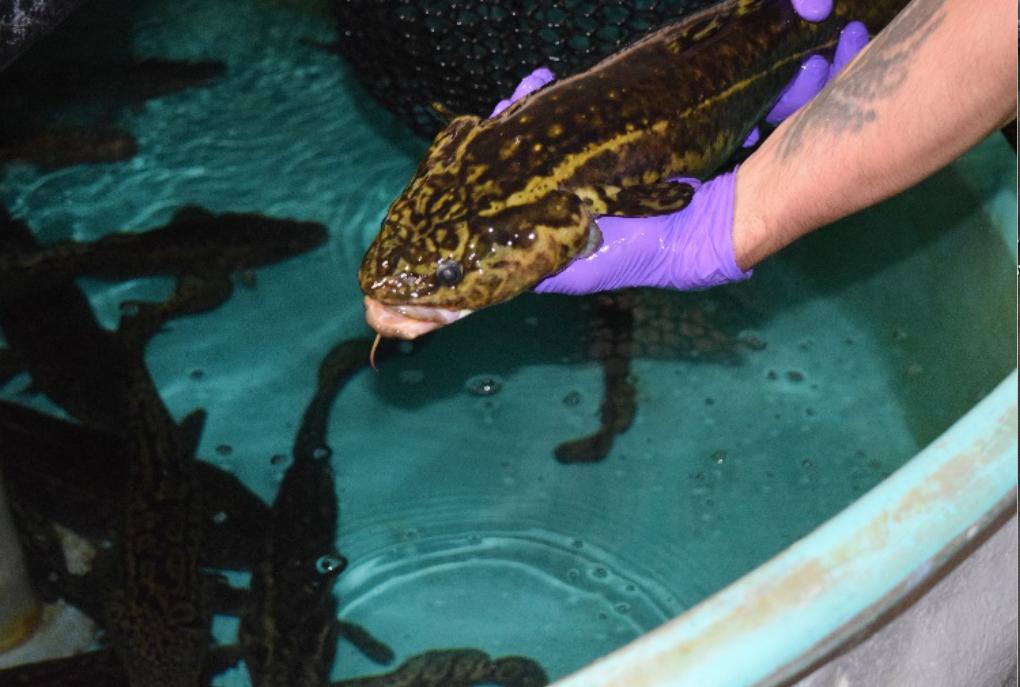
Developing "freshwater cod" or burbot (Lota lota) into a viable commercial aquaculture species in the United States (Cain)
The integration of burbot, a freshwater cod, into existing trout farms holds significant potential for the refreshment and diversification of commercial aquaculture. This project focuses on enabling US fish farmers to embark upon burbot farming, meeting USDA-NIFA challenge areas such as food security, water, childhood obesity, and food safety. A successful introduction of burbot – through optimization of spawning, early larval nurturing, growth phase enhancements and other key elements of aquaculture practice – could provide lucrative opportunities in both the food sector and niche markets.
This ambitious initiative involves pilot-scale trials at commercial facilities and offers support to prospective burbot farmers by supplementing their stock where possible. Determining water-quality limits and exploring the viability of triploid induction to produce sterile burbot were also key areas of focus. To facilitate farmer understanding of cost-efficiency, basic economic analysis was employed. In our commitment to boosting industry-wide knowledge exchange, we have ensured broad dissemination of our findings throughout the aquaculture sector.
Objectives
Project Reports
Project Summary
| Duration: | 4 years |
|---|---|
| Funded Date: | 09/01/2017 |
| Funding level: | $421,260 |
| PI: |
|
| Advisors: | |
| Location: | Colorado - CO, Idaho - ID, Washington - WA |
| Species: | Burbot |
| Topics: | Grow out, Hatchery, Water quality - fresh and marine |
